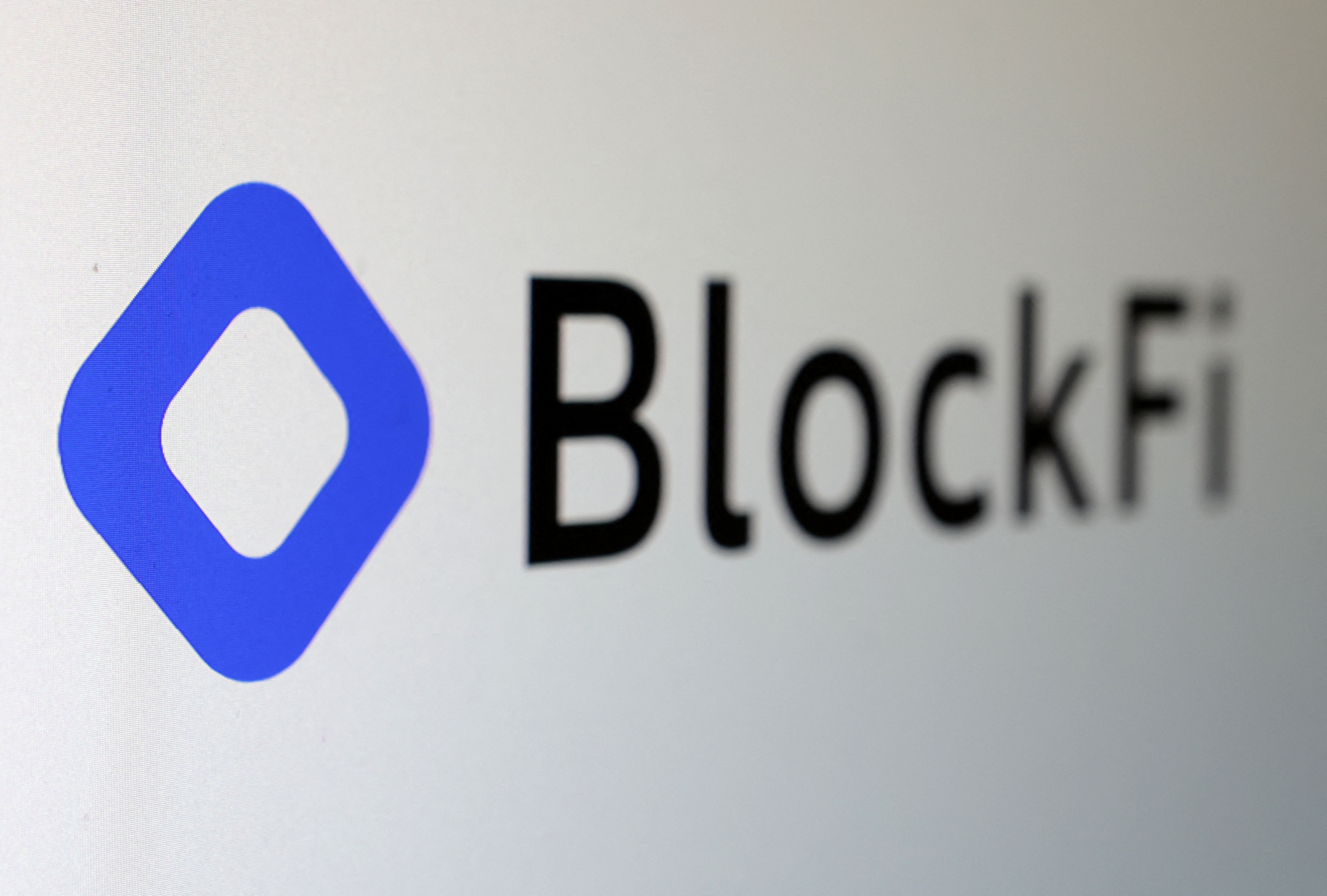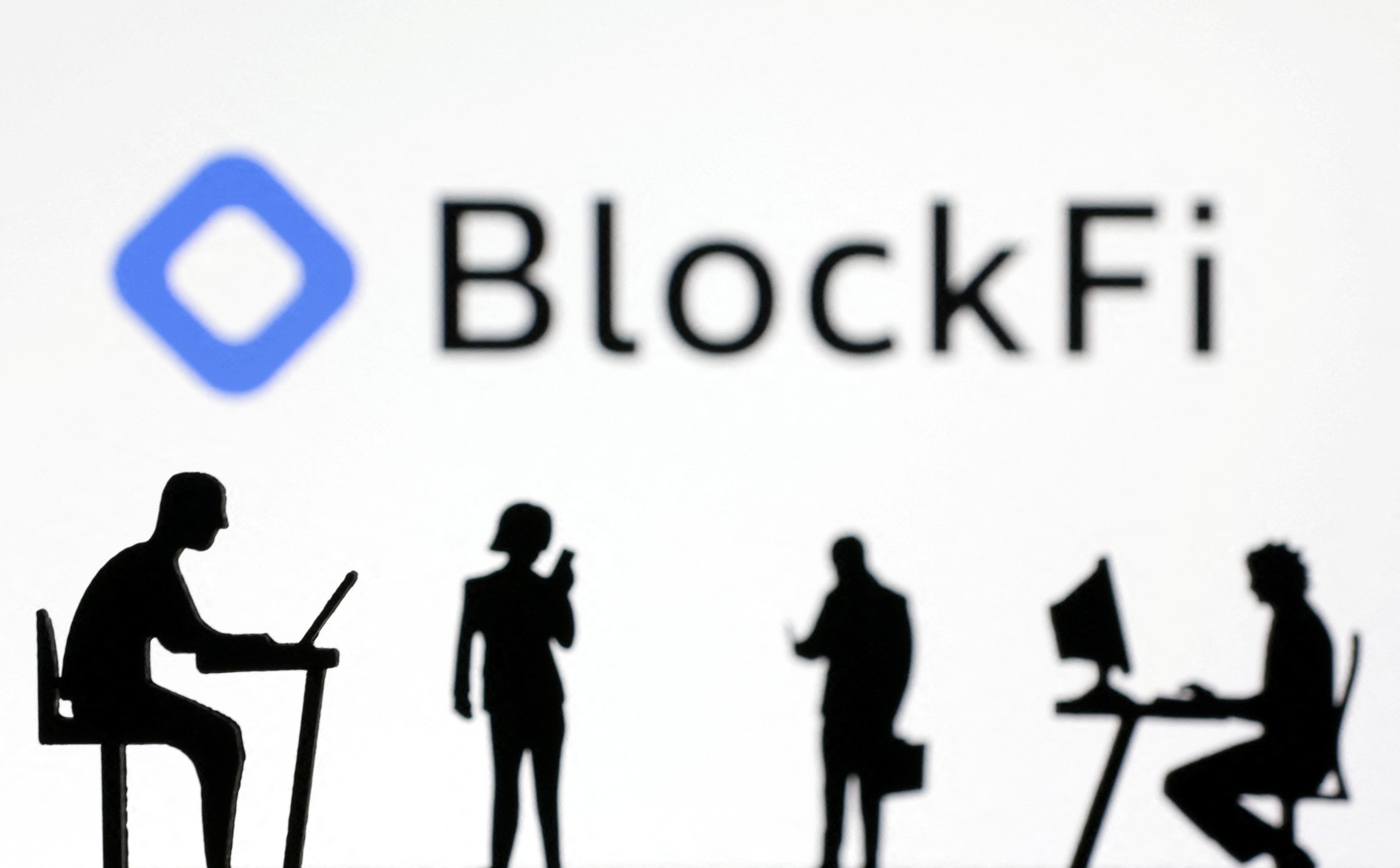Lawyers for BlockFi, the first direct casualty of crypto exchange FTX’s collapse, made their initial appearance in U.S. bankruptcy court on Tuesday, emphasizing that the U.S. cryptocurrency lender was “the antithesis of FTX.”
BlockFi attorney Joshua Sussberg told the court in Trenton, New Jersey, that the company’s bankruptcy stemmed from its substantial exposure to FTX, which filed for Chapter 11 protection earlier this month after traders pulled $6 billion from the platform, and from broader turmoil in crypto markets.
FTX had extended a $400 million lifeline to BlockFi in July, but the Bahamas-based exchange spectacularly imploded, sparking fears of contagion across the industry just days after BlockFi asked it for additional financing on Nov. 8.
Sussberg went to great lengths to distance BlockFi from FTX, saying the company did not face the myriad issues apparently plaguing FTX. While FTX’s new chief executive has described efforts to find missing assets and pointed to a complete failure of corporate controls – BlockFi had mature and consistent leadership, hired the right experts, and implemented the proper procedures and protocols, Sussberg said.
“This is completely, 180 degrees, a different story,” Sussberg said, before giving U.S. Bankruptcy Judge Michael Kaplan an overview of the crypto industry and BlockFi’s history.
New Jersey-based BlockFi filed for Chapter 11 protection on Monday. It asked Kaplan for the authority to continue paying employees, maintain bank accounts, and other measures needed to continue its day-to-day operations during its bankruptcy case.
Sussberg said BlockFi also intends to seek a court ruling allowing customers in the BlockFi Wallet program to withdraw their funds during the bankruptcy case if they wish.
“If it’s in your wallet, it stays in your wallet,” Sussberg said.
BlockFi’s Wallet program was created in response to regulatory investigations into the company’s interest-bearing accounts, which the U.S. Securities and Exchange Commission had determined were unregistered securities offerings. To resolve those investigations, BlockFi stopped offering interest-bearing accounts to U.S. customers, created the Wallet program for new U.S. customers and agreed to pay a record $100 million fine.
Earlier in November, BlockFi paused withdrawals from its platform amid uncertainty about FTX’s stability.
In a court filing on Monday, BlockFi said it owes money to more than 100,000 creditors. It listed FTX as its second-largest creditor, with $275 million owed on a loan issued earlier this year.
BlockFi’s largest creditor is Ankura Trust, which is owed $729 million. It still owes $30 million to the SEC from the fine it agreed to pay earlier this year. Valar Ventures, a Peter Thiel-linked venture capital fund, owns 19% of BlockFi equity shares.
BlockFi listed its assets and liabilities as between $1 billion and $10 billion. The company sold a portion of its crypto assets earlier in November to fund its bankruptcy, and it entered bankruptcy with $256.5 million in cash on hand.
Two of BlockFi’s largest competitors, Celsius Network and Voyager Digital , filed for bankruptcy in July, citing extreme market conditions that had resulted in losses at both companies.
BlockFi said it too suffered during that period of volatility, but the FTX loan had helped keep it afloat while its rivals went bankrupt.
BlockFi has proposed an initial restructuring plan that offers two paths out of bankruptcy.
Its Chapter 11 plan envisages that BlockFi Wallet customers would be paid back in full and other account holders and creditors would receive a mixture of cryptocurrency, cash, and new equity shares.
The plan also includes an option for a sale of the company.
Related Galleries:



